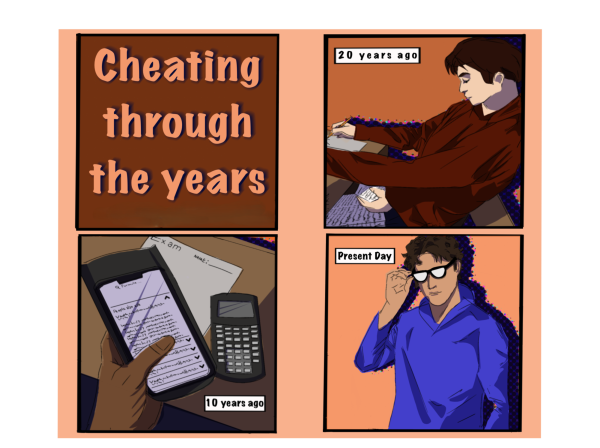Death to the death penalty
Lethal injection. Lethal gas. Electrocution. Hanging. Burned at the stake. These are all current or former ways to be legally killed in America.
In 2016 alone, 28 inmates were executed. Two were executed in Florida, five in Georgia, six in Missouri, one in Oklahoma, and 13 in Texas (including one volunteer).
America is the only country in Western Civilization that still uses the death penalty.
Of the 50 states, Washington, D.C. and 19 states have abolished the death penalty. Several others, including California, have imposed suspensions of the death penalty.
The death penalty is wrong, plain and simple. It reduces human life to something that can be thrown away. It is cruel and too final of a punishment.
Killing others doesn’t make their wrongs go away. A murderer’s victims don’t come back to life if the government extinguishes the murderer’s life. It just makes the government an accomplice of a legal murder.
Other countries still use the death penalty. Countries such as North Korea.
Granted, North Korea is a horrible country because of its death camps and nuclear threats against any country that even mentions its name.
But isn’t it strange that we have the same form of punishment as a country that many of us think of as “primitive” and “extreme”?
America might not make all of the executions public, but both countries still use the death penalty on a fairly regular basis.
Of the 22 countries that still use capital punishment, America is rated sixth as far as the number of people killed annually.
Before 2005, a person could be on death row as young as 16. Now the legal age for execution in all states that still have capital punishment is 18.
That’s still incredibly young, taking into account that those executed at 18 can’t even legally drink yet. Imagine being a senior in high school and being put to death.That’s another problem with the death penalty. It’s too final.
A study using statistical devices such as “survival analysis,” performed by University of Michigan professor Samuel Gross, concluded that up to 4 percent of people of those on death row are innocent.
In 2015 alone, there were seven inmates on death row that were exonerated.
So far, there have been at least 10 wrongful executions in the last 15 years.
Above all else, the death penalty is unnecessarily cruel.
In the case of Christopher Newton, who was executed in 2007 by lethal injection, the process took over two hours and 10 tries to find a suitable vein. It took so long that he was given a bathroom break.
In the case of Clayton Lockett, he was administered an untested mixture of drugs and died from a heart attack after 43 minutes of speaking, convulsing, and attempting to get up from his eventual death bed.
The death penalty denies people their right to live. There are other options for punishments, like several consecutive life sentences without parole.

